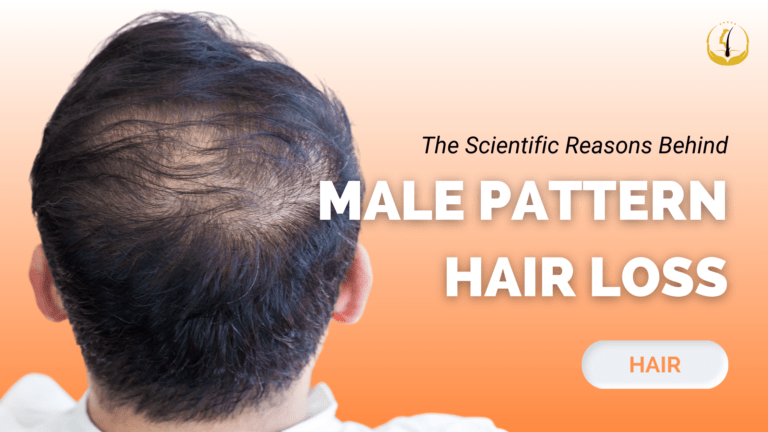Male pattern hair loss, scientifically known as androgenetic alopecia, is a common condition affecting men worldwide. While often seen as a natural part of aging, it is primarily driven by genetic and hormonal factors. Understanding these causes is crucial for effective management. In Malaysia, many men experiencing thinning or receding hairlines turn to hair transplant Malaysia solutions, such as FUE or PRP therapy, to restore hair density and regain confidence.
Genetic Predisposition
Q: How influential are genetics in male pattern hair loss?
A: Genetics play a substantial role, with a strong hereditary component. Specific genes linked to the androgen receptor and 5-alpha reductase enzymes contribute to hair follicles’ susceptibility to dihydrotestosterone (DHT), a key player in male pattern hair loss.
Hormonal Factors
Q: What role do hormones, particularly DHT, play in male pattern hair loss?
A: Hormones, especially DHT derived from testosterone, play a pivotal role. DHT shrinks hair follicles over time through a process called miniaturization, resulting in thinner and shorter hair strands. Imbalances or genetic sensitivity to DHT can trigger hair loss.
Hair Follicle Sensitivity
Q: How do individual hair follicles contribute to male pattern hair loss?
A: Hair follicles vary in their sensitivity to DHT. Those genetically predisposed to hair loss have follicles more receptive to DHT, leading to a gradual reduction in hair shaft diameter and a shorter growth cycle, ultimately resulting in the classic pattern of male hair loss.
Inflammation and Microinflammation
Q: What is the role of inflammation in male pattern hair loss?
A: Recent research suggests that inflammation, both chronic and microinflammation, may contribute. Inflammation can disrupt the normal hair growth cycle and contribute to hair follicle miniaturization. Targeting inflammation could hold promise as a future treatment option.
Age-Related Changes
Q: How does aging contribute to male pattern hair loss?
A: Aging leads to hormone level fluctuations, making the body less efficient at repairing and maintaining hair follicles. This natural process exacerbates hair loss, with follicles becoming more sensitive to DHT over time.
Environmental Factors
Q: Can environmental factors contribute to male pattern hair loss?
A: While genetics and hormones are primary, environmental factors play a role. High stress levels, poor diet, smoking, and pollution exposure can accelerate hair loss. Adopting a healthy lifestyle and minimizing exposure to environmental toxins can mitigate these effects.
Male pattern hair loss is a complex interplay of genetic predisposition, hormonal factors, and environmental influences. While prevention may not be entirely feasible, understanding the scientific nuances empowers individuals to take proactive measures. Researchers explore innovative treatments, like medications and hair restoration, to address this common concern. For personalized guidance on hair loss, consulting with GLOJAS experts is crucial to explore optimal solutions.
Click the link to learn more about Hair Loss: “Understanding Male Pattern Hair Loss through the Norwood Scale’s Class 1–7”
